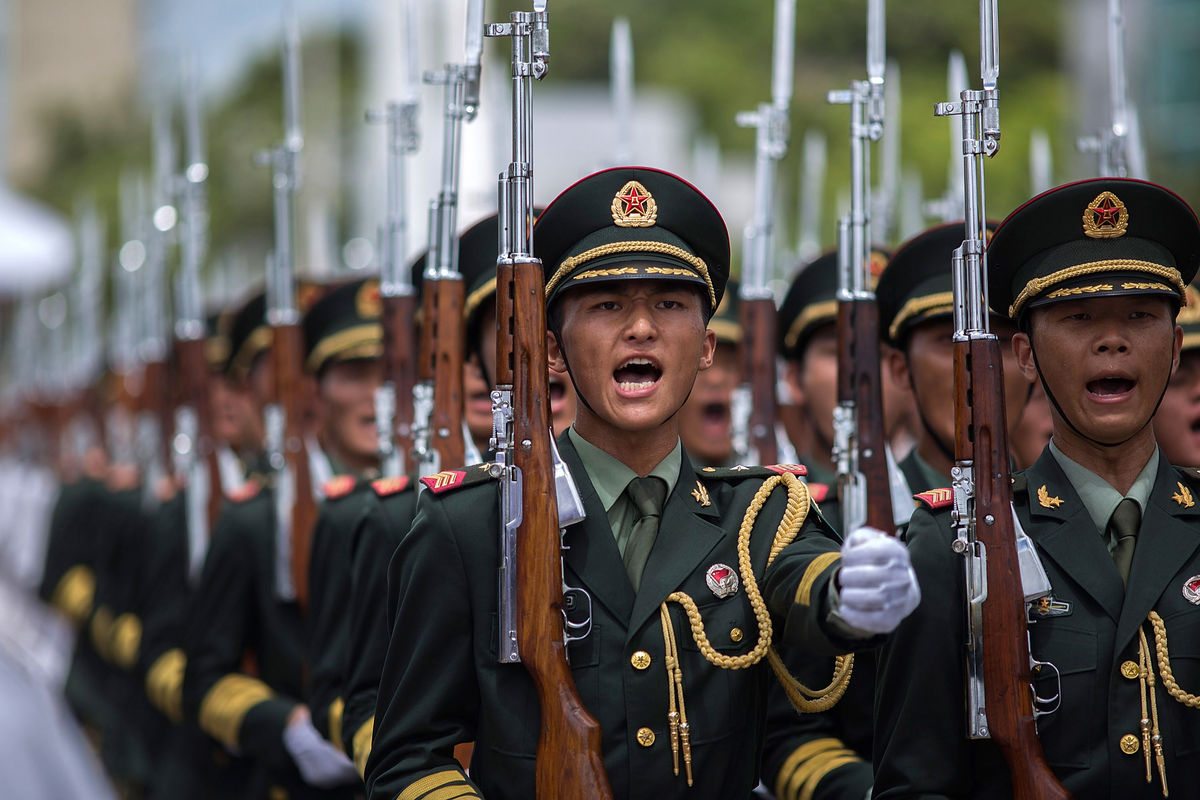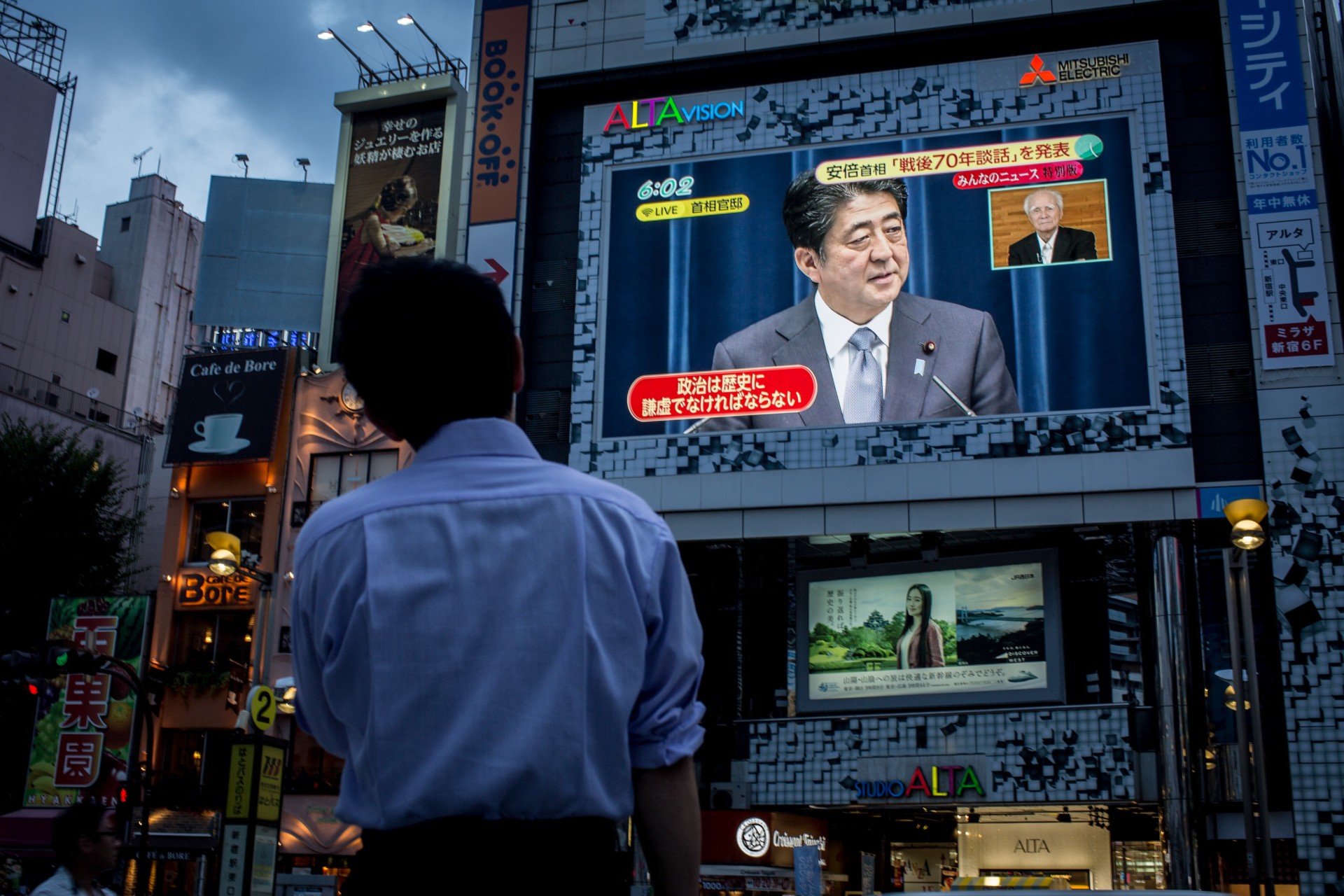China has unveiled changes to the structure of its military, adding three new units, described by President Xi Jinping as “a major policy decision to realise the Chinese dream of a strong army”, state media reported.
The formation of the new units, which follows Beijing’s announcement that it was building a second aircraft carrier, comes with China acting more aggressively in territorial disputes in the South China Sea and East China Sea, drawing the ire of its neighbors and the United States.
Beijing in November said it planned sweeping changes in a move intended to enhance the ruling Communist Party’s control over the People’s Liberation Army (PLA).
The latest reforms announced late Friday will see a new army unit set up to oversee China’s arsenal of strategic missiles.
Besides the “Rocket Force”, the PLA also unveiled an army general command to serve as the headquarters for land forces and a support unit to assist combat troops, the official Xinhua news agency said.
Xi, who is chief of the Communist Party and also serves as head of the military, has previously announced plans to slash China’s number of troops by 300,000 to roughly two million to craft a more efficient fighting force.
China’s Central Military Commission, which Xi chairs, on Friday also released guidelines to help build the country’s vision of a modern military before 2020 by cutting troops and improving the quality of combat personnel, Xinhua said.
The announcements come with China also expanding its naval capacity by building a second aircraft carrier. The nation’s first such vessel, the Liaoning, is a secondhand Soviet ship built more than 25 years ago that was commissioned by China in 2012 after extensive refits.
‘Influential and persuasive’
The Global Times newspaper, known for its nationalistic editorial stance, said new conditions required a strong army and cited the United States as a reason.
“If China has a big gap with the US in terms of military prowess, this will affect its international position and other countries’ attitude toward China,” it said in an editorial posted on its website Saturday.
“With a strong army, China can be more politically appealing, influential and persuasive.”
Beijing’s forces have been involved in sometimes tense confrontations with Japanese and Philippine units over maritime disputes in the East China Sea and South China Sea respectively, prompting fears that the disputes could result in armed clashes.
The new PLA Rocket Force, meanwhile, is tasked with maintaining conventional and nuclear weaponry with the ability to both deter and strike, Xi told a ceremony for the founding of the three new organizations, according to Xinhua.
But a spokesman for China’s Ministry of Defence denied any shift in the country’s nuclear weapons policy.
“China’s nuclear policy and nuclear strategy are consistent, there has been no change whatsoever,” spokesman Yang Yujun said Friday, according to a transcript posted on the ministry’s website.
The new unit would take over from the Second Artillery Force, he said.
At a military parade in September, China showed off “carrier-killer” missiles, including the land-based DF-21D intermediate-range type which is thought to be equipped with onboard terminal guidance systems that give it the unprecedented ability to attack a moving target.
A Chinese analyst said the latest moves were aimed at modernizing the military.
“For a long time, China had no overseas interests, the navy, air force and guided missile units were relatively weak compared with the army,” Ni Lexiong, a professor at the Shanghai University of Political Science and Law, told AFP.
“To catch up with European and American powers… China must raise the modernization level and combat strength of the army.”











